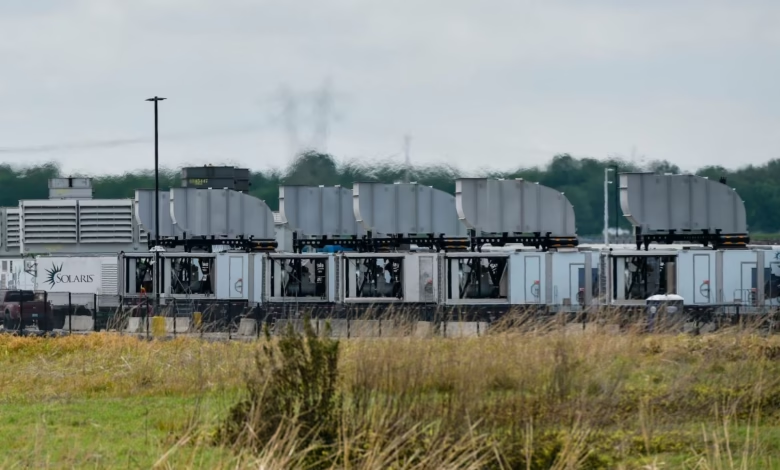xAI’s Memphis Data Center Air Quality Tests Spark Concerns

▼ Summary
– Elon Musk’s xAI faces scrutiny in Memphis over air pollution concerns linked to natural gas turbines powering its Colossus data center.
– Initial city air quality tests showed safe levels for 10 pollutants but omitted ozone, a key pollutant, drawing criticism from the Southern Environmental Law Center (SELC).
– Air testing occurred on June 13 and 16 at three locations, with the closest site two miles from xAI, but wind conditions likely prevented pollutants from reaching the test sites.
– The SELC criticized the testing methods, noting monitors were placed against buildings, potentially interfering with results, and failed to follow EPA placement guidelines.
– Formaldehyde was detected in downtown Memphis within expected urban levels, though the testing site was over eight miles from the xAI facility.
Concerns over air quality near xAI’s Memphis data center have intensified after recent tests failed to address key pollution risks. While initial results showed acceptable levels for most measured contaminants, environmental advocates argue the assessment overlooked critical factors that could impact public health.
The city’s third-party testing, conducted in mid-June, examined ten pollutants across three locations, downtown Memphis, Whitehaven, and Boxtown. Officials reported no hazardous levels detected, but critics quickly pointed out the absence of ozone monitoring, a major component of urban smog. The Southern Environmental Law Center (SELC), preparing legal action on behalf of the NAACP, questioned why this harmful pollutant was excluded from the evaluation.
Testing sites were positioned two to eight miles from the Colossus data center, which relies on natural gas turbines. However, wind patterns during sampling days likely prevented emissions from reaching the monitoring stations. On June 13, winds blew south and southwest, while June 16 saw southerly flows, directions that wouldn’t carry pollutants toward the sensors. Only downtown, situated northwest of the facility, recorded formaldehyde, though levels remained typical for an urban setting.
Further concerns arose over sensor placement. Photos revealed monitors positioned flush against buildings in Boxtown and Whitehaven, contradicting EPA guidelines recommending clear, elevated placement away from obstructions. Such setups could skew readings by trapping or deflecting airborne particles.
As debates continue, the omission of ozone testing remains a focal point, with environmental groups demanding more comprehensive assessments. With legal pressure mounting, future evaluations may need stricter protocols to address community fears about industrial emissions near residential areas.
(Source: TechCrunch)